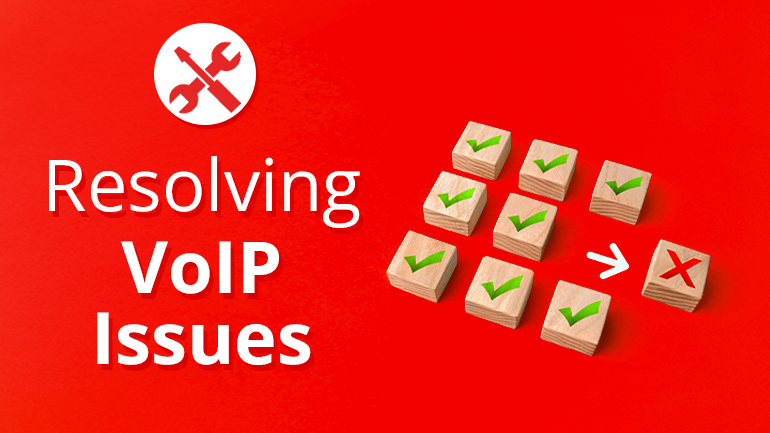Remote work and digital nomadism are booming, and VoIP keeps globetrotting professionals connected. This article explores how VoIP offers cost-effective, flexible calling and a variety of features like video conferencing and instant messaging. Popular tools like Zoom, Skype, and WhatsApp are explored, highlighting their strengths for travellers and remote workers. The article concludes by emphasizing how VoIP empowers seamless communication and collaboration from anywhere in the world.
To maximize VoIP benefits, employees need effective training. Start with basics like VoIP functionality and terminology. Combat resistance by highlighting advantages. Offer tailored materials and hands-on sessions. Emphasize key features like conferencing and call forwarding. Foster integration skills and discuss best practices. Address common issues and role-specific needs. Continuous learning ensures ongoing proficiency and boosts organizational efficiency.
Choosing a VoIP provider requires understanding your business needs. Compare providers based on reviews, pricing, call quality, features, and scalability. Look for bundled calling options, mobile apps, voicemail features, call forwarding, and auto-attendants. Ensure the provider offers integrations with your business tools and guarantees reliable service with strong security measures.
VoIP offers significant cost savings for businesses by reducing infrastructure, call, and maintenance expenses. It also improves efficiency with features like voicemail-to-email and video conferencing, all at a minimal cost. Additionally, VoIP is highly scalable and easy to expand, making it ideal for growing businesses.
Exceptional customer support and VoIP technology are indispensable for businesses aiming to thrive in today’s competitive landscape. By prioritizing customer satisfaction and leveraging VoIP’s benefits, companies can ensure prompt responses, enhanced call quality, and streamlined processes, ultimately fostering loyalty and driving growth.
VoIP offers businesses communication advantages, but reliability is crucial. The article explores common issues like bandwidth constraints, latency, and security vulnerabilities. It provides solutions like QoS, firewalls, and UPS systems to ensure a smooth VoIP experience for businesses.
VoIP adoption offers transformative benefits, yet challenges loom. Selecting a reliable provider is paramount, demanding thorough research on reputation, features, and support. Compatibility, call quality, scalability, and network readiness necessitate meticulous planning. Security, emergency services, cost management, compliance, number portability, and employee readiness further demand attention. Successful migration hinges on strategic planning and informed decision-making.
In a realm shaped by technological leaps, communication is paramount. The clash between VoIP and traditional telephony unfolds a saga of innovation. Landlines tethered us, but VoIP liberated. Its cost-effectiveness, mobility, and rich features redefine connectivity. Traditional providers adapt, but VoIP’s journey continues, merging with AI, 5G, and virtual realms, pushing communication beyond limits.
In the dynamic realm of modern business, connectivity is no longer a luxury but a vital necessity. With 5G and VoIP technologies leading the charge, a profound revolution is underway in telecommunications. This article delves into the synergy between 5G’s lightning-fast connectivity and VoIP’s versatile communication, poised to redefine business interactions.
In an era dominated by digital communication, businesses are increasingly adopting Voice over Internet Protocol (VoIP) for cost-effective and long-distance charge-free communication. However, amid the benefits lies a critical factor: E911. This article delves into what E911 is, its operation in VoIP, compliance necessities, and the life-saving advantages it offers. It emphasizes the legal obligations, benefits like accurate location data, and the necessity for regular testing to ensure compliance. Ultimately, E911 in VoIP is not just a regulatory checkbox but a crucial service that underscores a provider’s commitment to public safety.













